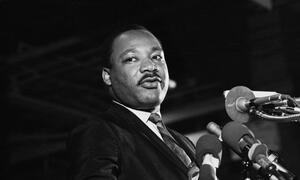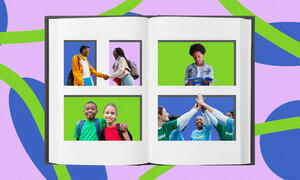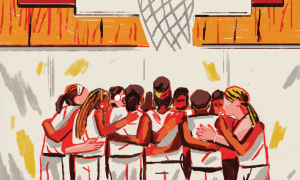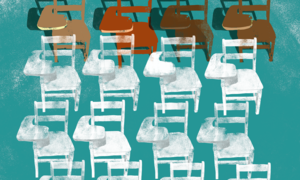article
Teaching About King’s Radical Approach to Social Justice

While Dr. Martin Luther King Jr.’s work is often sugarcoated, it’s important to teach that King championed economic justice and taught Black self-love while also pushing back against neutrality, imperialism and systemic racism.





